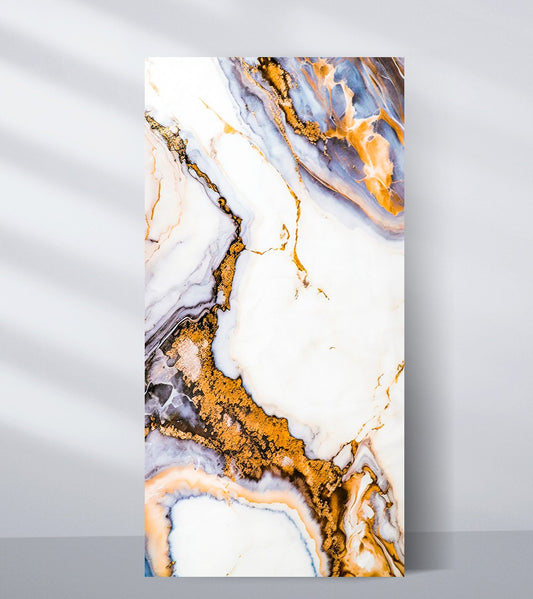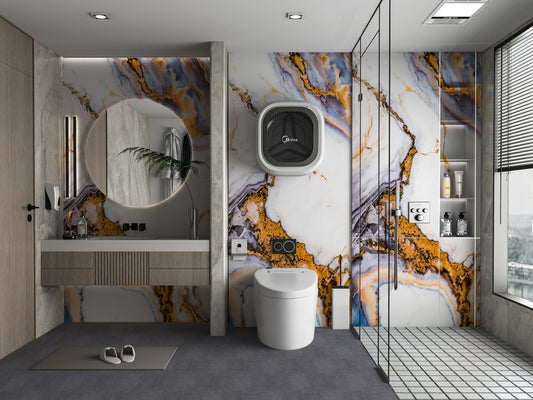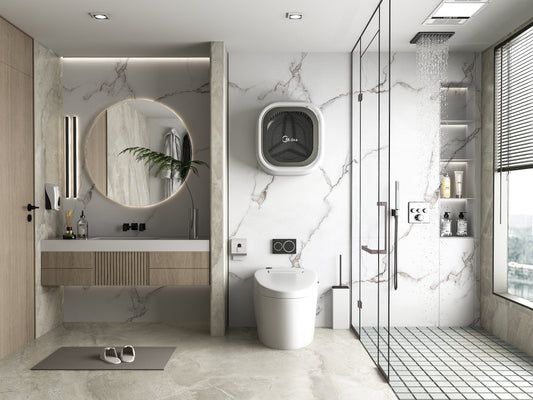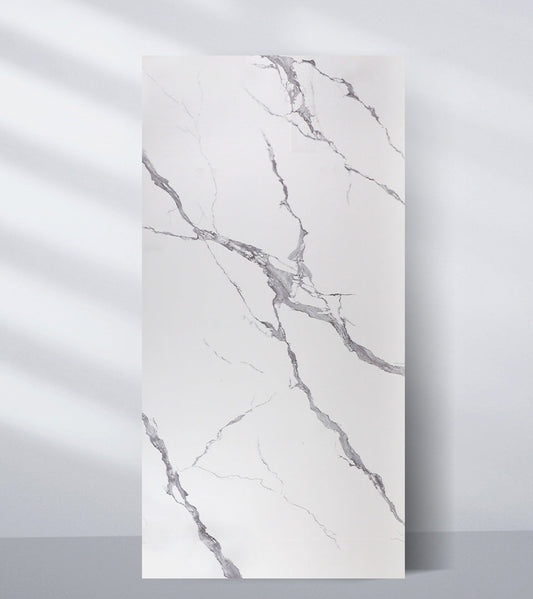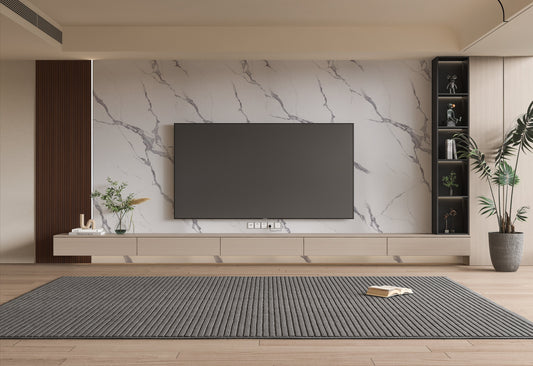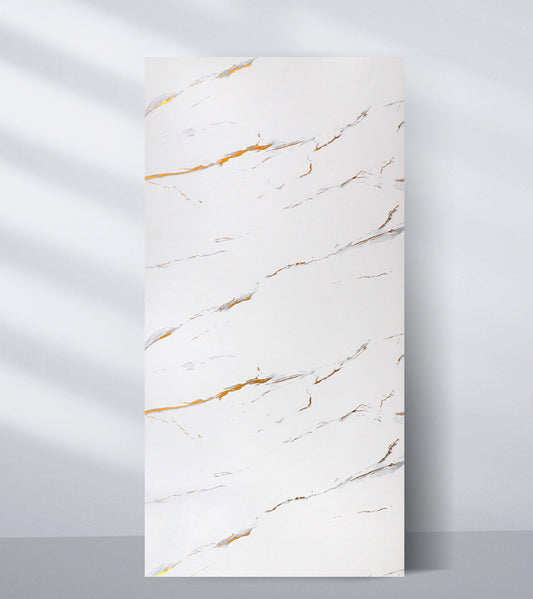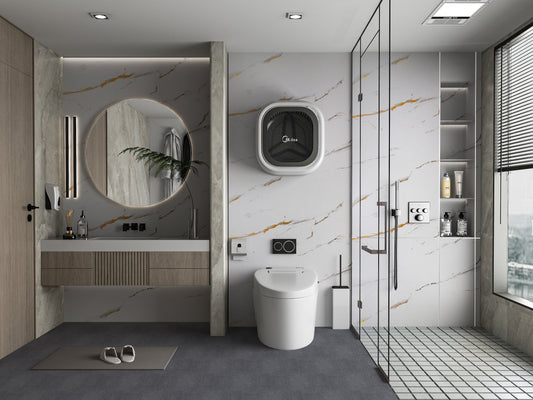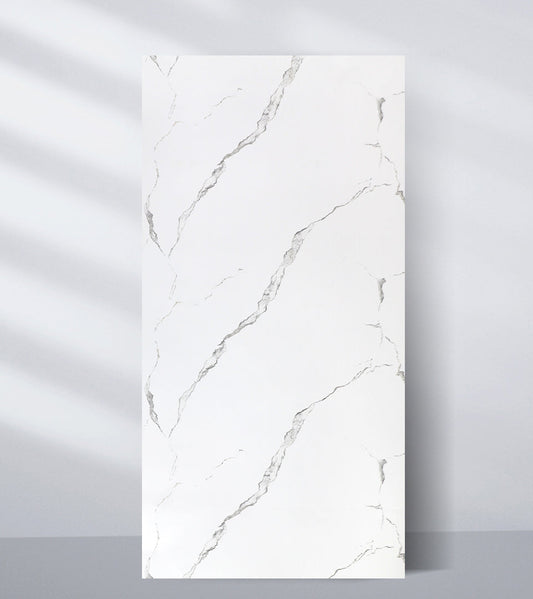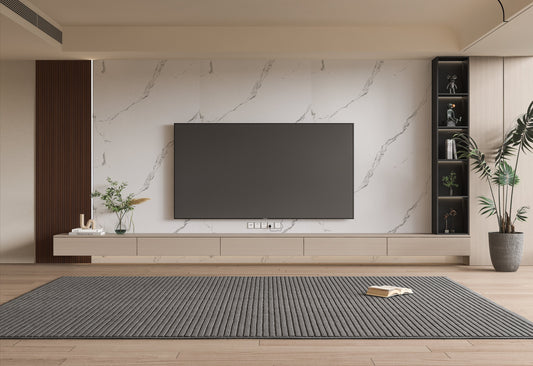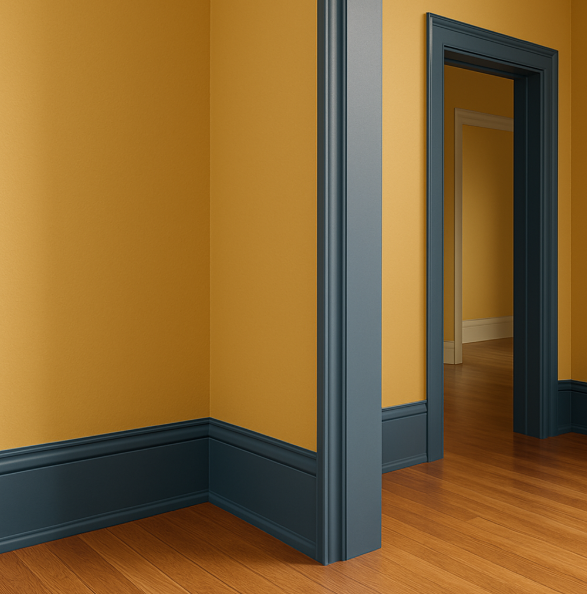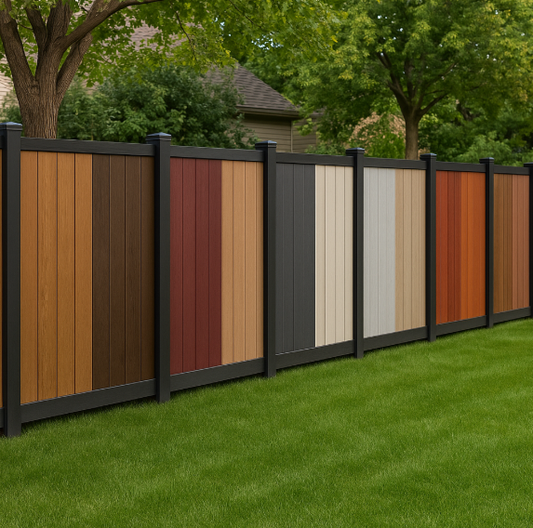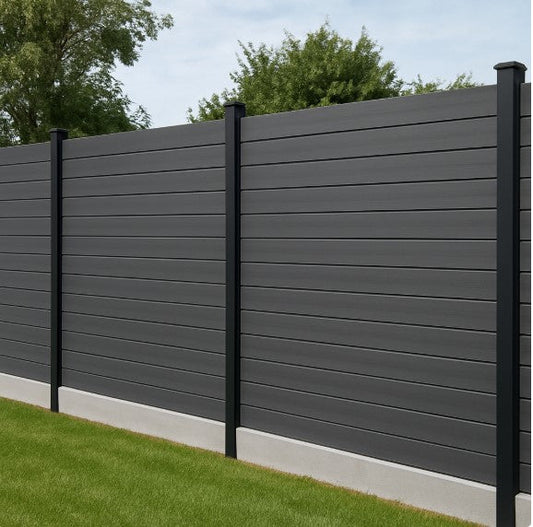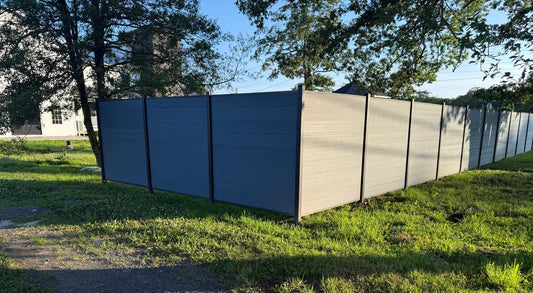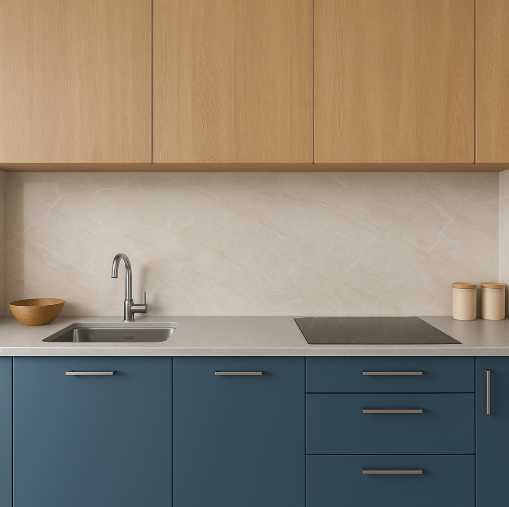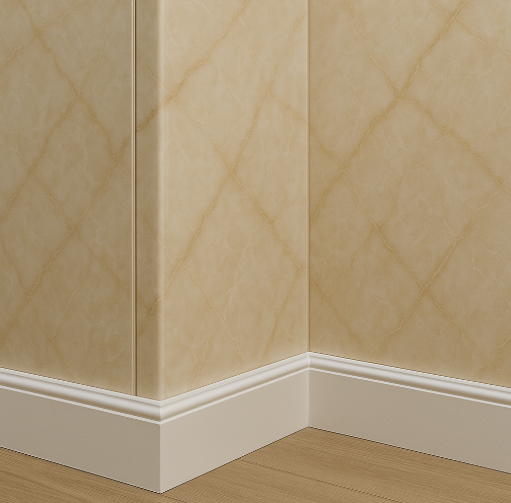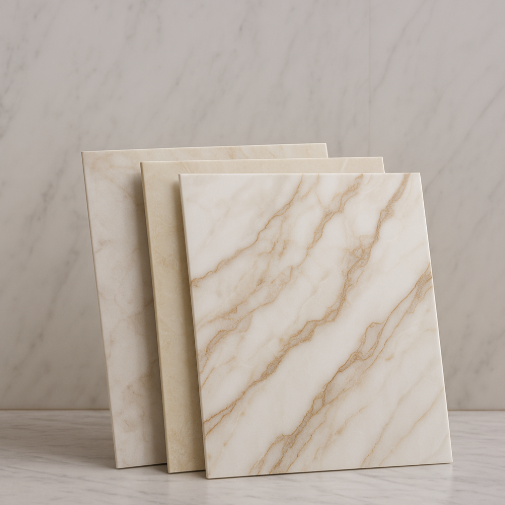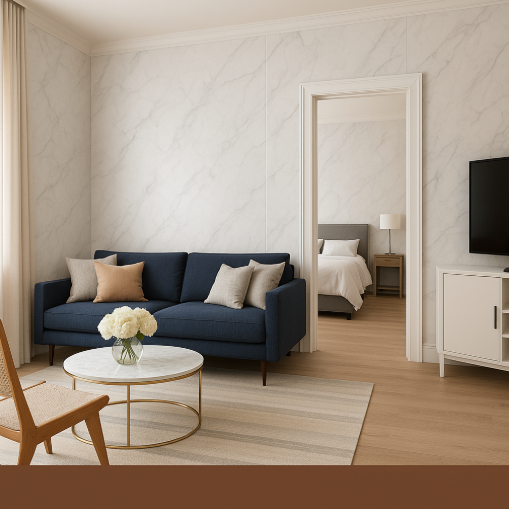Interior trim adds both function and finesse to your home. Whether you're finishing a new build or updating an older space, understanding different trim types and profiles can dramatically elevate the overall look. This beginner’s guide will walk you through the essential types of interior trim, what each one does, and how to choose the right style and material for your design goals.
What Is Interior Trim and Why Is It Important?
Interior trim refers to the millwork details that frame architectural transitions inside your home around floors, ceilings, windows, and doors. Trim not only hides construction gaps and seams but also defines the room's aesthetic. From modern minimalism to classic elegance, trim helps establish continuity and polish throughout your space. Whether you’re exploring simple baseboard trim or elegant crown molding profiles, trim decisions can significantly influence the atmosphere of your home.
Baseboards: The Foundation of Interior Wall Trim
Baseboards are installed at the bottom of your walls where they meet the floor. Their primary role is to hide uneven joints and protect walls from scuffs or kicks, but they also provide a finished, stylish edge. Popular baseboard styles include beveled, square-edge, and colonial designs. For homes with standard 8-foot ceilings, baseboards typically range from 3 to 5 inches tall, while rooms with higher ceilings can support baseboards up to 8 inches or more. If you're aiming for a clean, modern aesthetic, go with a flat or square baseboard profile. For traditional homes, colonial or sculpted baseboards with curved edges work beautifully.
 |

|
Crown Molding: Elevating Ceiling Transitions
Crown molding is one of the most elegant forms of trim, installed where walls meet ceilings. This decorative trim type adds architectural character, making rooms feel taller and more sophisticated. Common crown molding profiles include coved, ogee, dentil, and multi-layered crown, depending on how dramatic or understated you want your ceiling finish to be. In modern homes, sleek and simple crown designs complement minimal aesthetics. In contrast, traditional or transitional homes benefit from more intricate and classic crown molding styles. Larger crown moldings work well in rooms with high ceilings, while modest profiles are better for smaller or low-ceiling spaces.
Door and Window Casings: Framing Functional Spaces
Casings are trim elements that surround doors and windows. They conceal the joints between drywall and frames while adding visual emphasis to these architectural openings. Interior door casing profiles come in several styles flat stock for contemporary homes, colonial for classic styling, or backband casing for a more layered look. Standard casing widths are between 2.25 and 3.5 inches, but wider trims create a more prominent, upscale appearance. Keeping casing styles consistent throughout the home ensures visual cohesion and flow from room to room.
Chair Rail and Picture Rail: Dividing Walls with Style
Chair rails are horizontal trims typically installed about one-third of the way up from the floor. Originally meant to prevent chairs from scuffing walls, chair rail molding has become a stylish design feature that adds dimension and balance. Picture rails are placed higher on the wall and used to hang artwork without nails. Both chair rails and picture rails work well in traditional, farmhouse, or transitional interiors. When combined with wainscoting or contrasting wall paint, they add visual structure and sophistication.
Wainscoting and Panel Molding: Texture and Tradition
Wainscoting refers to decorative paneling that typically covers the lower half of a wall, often paired with a chair rail and baseboard. It adds texture, depth, and a touch of formality to spaces like dining rooms, entryways, and staircases. Popular styles include raised panel, flat panel, beadboard, and board-and-batten. Modern homes may lean toward sleek, geometric wainscoting or vertical fluted paneling, while traditional homes benefit from more ornate profiles. For a polished look, align your wainscoting with other trim elements like baseboards and crown molding.
Corner and Transition Trim: Finishing the Details
Corner trims and transition pieces are often overlooked but essential to achieving a clean and professional finish. Corner trims protect and conceal wall edges, especially in high-traffic areas, while transition trims cover gaps where different materials meet like between paneling and flooring. Examples include quarter-round molding, shoe molding, and L-trims.
 |

|
Matching Trim Profiles with Home Styles
Choosing the right trim profile should align with your home’s overall architectural style. For modern homes, choose minimalistic trims like square-edge baseboards, flat-stock casings, and painted finishes in black, white, or gray. Traditional homes are better suited to ornate trim, such as layered crown molding, sculpted baseboards, and decorative casings. Farmhouse or rustic interiors benefit from wide casings in natural wood tones, beadboard wall treatments, and warm, earthy finishes. For transitional spaces, select mid-sized trim profiles with soft detailing to bridge contemporary and classic aesthetics.
Choosing the Right Trim Material
The type of material you choose for your trim can affect durability, maintenance, and appearance. MDF (Medium-Density Fiberboard) is an affordable, paint-ready option but not ideal in damp areas. Solid wood trim, like pine or poplar, can be painted or stained and offers a more authentic, long-lasting finish. PVC and composite trims are excellent for moisture-prone areas like kitchens and bathrooms. These materials are water-resistant, low-maintenance, and available in various profiles. At Accel Inc, we offer both composite trims for interiors and aluminum options for decorative or structural use in both modern and traditional homes.
Trim Installation Basics for Beginners
If you're considering a DIY approach, basic trim installation starts with accurate measuring and clean cuts. Pre-painting or staining the trim before installation can save time and reduce mess. Use a miter saw for perfect angles and a caulking gun to fill any gaps. For more complex projects like crown molding or wainscoting, hiring a professional trim carpenter ensures a seamless and polished result. Trim should always be installed after flooring and wall painting for the best finish.
Final Thoughts: Trim That Transforms Your Home
Interior trim might seem like a small detail, but it can drastically transform the appearance and value of your home. Understanding different interior trim types and profiles allows you to choose the right style, scale, and material to complement your space. From baseboards and crown molding to casings, corner trims, and wainscoting, every element contributes to the architecture and personality of your rooms. Whether you're leaning toward modern minimalism or classic elegance, Accel Inc provides high-quality trim solutions designed for durability, beauty, and easy installation.

